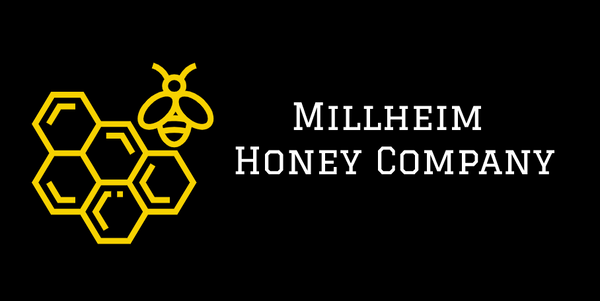
Winter Feeding for Healthy Bees
When I first started beekeeping, the advice I received about winter feeding focused heavily on sugar-based options—things like mush bags, sugar cakes, and candy boards. These carbohydrate sources are intended to supplement stored honey supplies to keep colonies alive if they run out mid-winter.
However, as I gained more experience, I realized that honey naturally contains some pollen, a vital protein source for bees. Nurse bees especially need protein to activate their glands to produce royal jelly, which is essential for feeding larvae. Studies show that undernourished larvae grow into unhealthy bees. Considering the additional stressors bees face—pesticides, pathogens, and limited foraging opportunities—ensuring proper nutrition has become a top priority in my apiary.
My Winter Feeding Approach
For the past two winters, I’ve been giving my bees a combination of sugar cakes and winter protein pollen patties. At the start of fall, each colony is provided with a medium super full of honey. By late November, I swap out any empty frames with fresh honey frames to ensure they have enough stored food. This method, paired with supplemental feeding, has significantly improved my colonies' health.
Even during a mild winter, my hives show strong numbers, with bees clustering in the top box on warm days. It’s reassuring to see them thriving with adequate nutrition.
January Hive Checks
On a sunny 67°F day in early January, I conducted quick inspections on my hives here in mid-Missouri. Here’s what I found:
-
Second-Year Queen Colony: This colony entered winter with robust numbers. All of my hives were treated with formic acid in late August to reduce varroa mite loads. The treatment was necessary, as testing by the USDA Bee Lab revealed a mite count of 10 per 100 bees. During the inspection, I saw that this colony had completely consumed their winter pollen patty, so I replaced it with a fresh one.
-
Third-Year Queen Colony: This hive also consumed its protein patty, so I added another. It’s incredible to see how quickly they go through these supplements!
-
Small Colony with First-Year Queen: Even the smallest hive had been actively consuming their protein patties, proving that even smaller colonies benefit from a combination of sugar and protein supplements.
Sugar Cake Recipe for Winter Feeding
I make my own sugar cakes with a recipe that’s worked well for my bees. Here’s how to make them:
Ingredients:
- 5 lbs (11 ¼ cups) sugar
- 7 ½ ounces of water (precisely measured)
- 1 teaspoon white distilled vinegar (avoid apple cider vinegar, as it can attract hive beetles)
- 1 teaspoon Honey Bee Healthy
- Optional for January-February: ¼ cup Bee Pro protein substitute
Instructions:
- Mix the vinegar and Honey Bee Healthy into the water, ensuring it’s well combined.
- Gradually mix the water into the sugar until it forms a paste.
- Spread the mixture into bread pans or reused fruit clam shells.
- Let the cakes dry in a cold oven overnight. Once the top is dry, flip them onto a cookie sheet and let the other side dry for a couple more days.
- If the cakes remain moist, remix with a little extra sugar and dry again.
- Store in a sealed container if not used immediately.
These sugar cakes not only provide a supplemental food source but also help manage moisture levels inside the hive.
Why Protein Matters
While it’s easy to focus solely on carbohydrates, protein is just as essential for healthy colonies. Bees need protein to support brood rearing and maintain their overall health. With the addition of pollen patties, my colonies stay strong and ready to gather nectar once spring arrives.
This winter, I’ll be watching closely to see how the combination of sugar cakes, protein patties, and well-stocked honey frames impacts my colonies’ health heading into spring. So far, the results have been promising!
